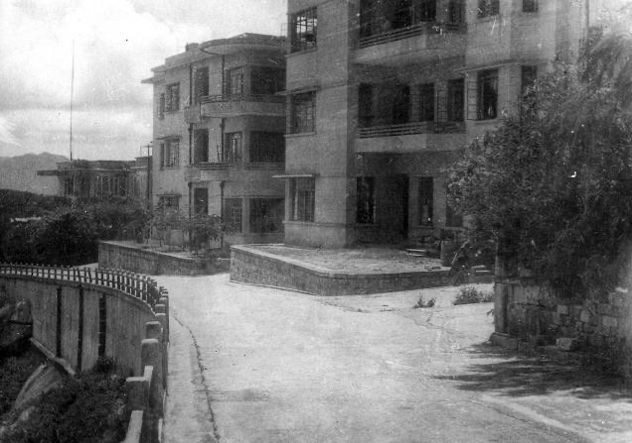Hong Kong: The Pearl of the Orient
- act225
- Feb 15, 2022
- 3 min read

The Lion's Pavilion, upon reaching The Peak.
Hong Kong has long been known for defining rush hour, high density living in Asia. From a child’s perspective growing up, it was exciting to live a such a busy and fast paced city, walking from school to the shops, meeting with friends hiking, running, or for meals. To me, there was always something new to try. When you were at lunch, the topic of discussion was where to go for dinner tonight. One never eats in the same restaurant twice. My father once joked: Hong Kong’s lifestyle was 10 hour workdays, 7 hours’ sleep, 6 hours of meal gatherings, 1 hour of commute.
I would take the Mass Transit Railway (MTR) to school on weekdays. Being the most affordable metro in the world; a quick three stops required 5 minutes and the equivalent of 40 cents. These underground stops connected directly to most skyscrapers in the city centre via tunnels to shopping malls. As my mother’s office tower is nearby, I spent afternoons doing my homework in office lobbies, waiting. Urban walkability has evolved to the creativity of internal bridges, connecting two skyscrapers. One could reach their destination in fully air-conditioned walkways, entirely avoiding the humidity or setting foot outside.
Wherever the metro didn't reach, I used the minibus. Costing me only 50 cents across the island, I watched suits clamber off and hurry into skyscrapers within a 10 minute commute. On the weekends, they dress comfortably going hiking, or an afternoon at the beach, with the same minibus going there and from. I took the Peak Tram on weekends, for exercise and views. Up here, everything seemed so close, yet up here, there was only meditation, peace, nature. One minute you’re inside a skyscraper, the next is navigating a mountain trail.
My apartment is situated on a mountain slope where British barracks once served their wartime purposes. Vantage points overlooking the harbor, this was once a defensive strategy. Today, colonial architecture has been retained by those wealthy enough to live in the Peak/mountains. Quality of air is pure, and you could hear a pin drop. Privacy and space however, came with a hefty property price. Like the famous black and white colonial houses of Singapore, British influence brought tall ceilings and large windows with cantilever balconies, prepared against the humid, subtropic climate. I remember visiting a British friend of my father’s on the Peak; the interior was Oriental in flavor, but with an English energy.
Majority of the working and rising class can only afford living in a ‘tong lau’, Cantonese describing an ultra-dense building for sublet housing; flats barely over several hundred square feet. Floor area has been maximised so creatively, that these apartment buildings cantilever characteristically over the street and pedestrian paths. This combination of housing density also provided opportunities for prevalent neon signs at night; business is booming for market stalls as if it were daytime.
This quick insight of my childhood introduced many things that I am fond about Hong Kong. I embraced this affordable, wildly fun lifestyle early on and still do. I hope to convince people to visit Hong Kong at least once in their lifetime.
For those who have 5 minutes, I recommend this documentary extract of Hong Kong’s vibrant culture. Although from the 'old fashioned' 1960’s, some of the qualities of life and cultural heritage sites relates to my childhood lens: https://www.youtube.com/watch?v=Wxbhwpl9pDw
Source: British Pathe, 1968. Distributed by South China Morning Post.


A great example of an apartment building cantilevering over the pedestrian walk and shops. It's rounded corner speckled with neon signs and A/C units, adds something so fitting to the busy setting. Taken in 2018.
A 1947 archive of the 'barracks-turned-apartment block' just next to mine. Note the rolling hills and mountains in the distance.
Source: Suddaby, A. Photos of 4, Wang Fung Terrace. Gwulo: Old Hong Kong. Date submission unknown.

The house on the middle left: How the adaptive colonial architecture holds up so well with occupants in 2022.



Comments